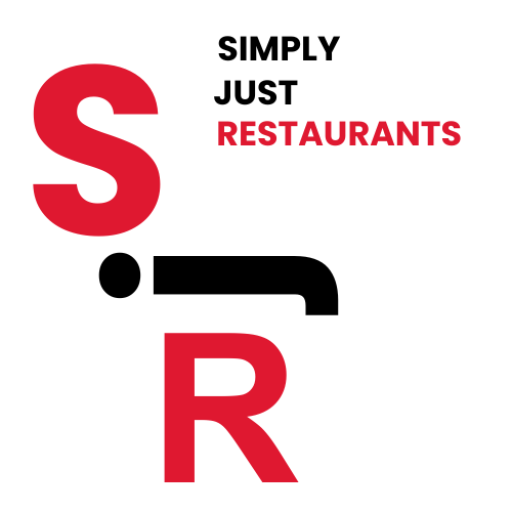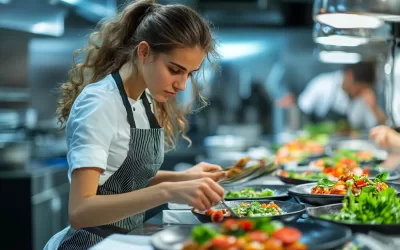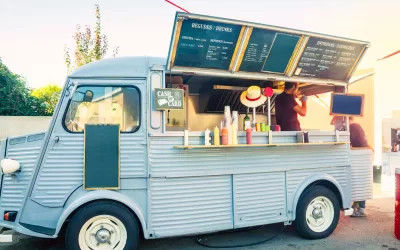- 1. Defining the Concept and Vision
- 2. Space Planning and Layout
- 3. Color Scheme and Mood Setting
- 4. Material Selection and Texture
- 5. Lighting Design
- 6. Furniture and Seating Choices
- 7. The Role of Decor and Art
- 8. Technology Integration
- 9. Branding and Storytelling
- 10. Sustainability and Eco-Friendly Design
- conclusion
1. Defining the Concept and Vision
-
Core Identity of the Restaurant:
- The restaurant’s design concept should reflect its brand identity, target market, and cuisine.
- A well-defined concept helps guide every design choice, from color palette to furniture selection.
- Examples of concepts include rustic farm-to-table, sleek modern, industrial, themed restaurants (e.g., 1920s speakeasy), or globally-inspired spaces (e.g., Mediterranean or Asian fusion).
-
Cuisine-Centered Design:
- The type of cuisine often influences the design style. For example, a Mediterranean restaurant may use warm, earthy tones, terracotta tiles, and natural wood, while a sushi bar may focus on minimalist design with clean lines, light woods, and subtle lighting.
- The decor and theme should be a visual extension of the food, enhancing the guest experience and expectations.
-
Target Audience:
- The design must cater to the preferences of the target audience, whether it’s a younger, trend-conscious crowd, business professionals, families, or fine-dining patrons.
- Casual designs with bright colors and communal tables are ideal for a fast-casual concept, while elegant, intimate dining spaces are more appropriate for fine dining.
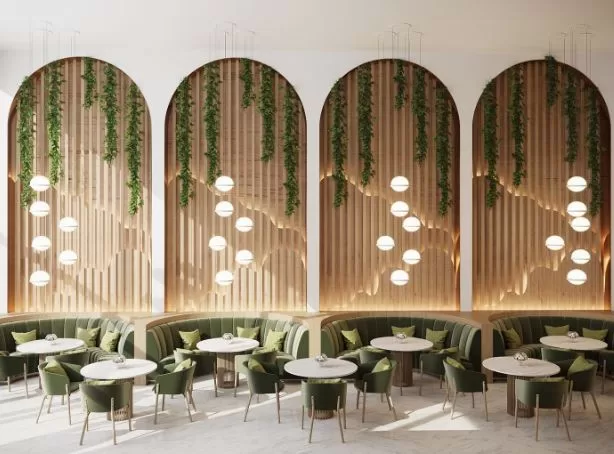
2. Space Planning and Layout
-
Efficient Use of Space:
- Maximizing the restaurant’s floor space while maintaining comfort and accessibility for both diners and staff is critical.
- Thoughtful layouts ensure good traffic flow, balancing the need for customer comfort with operational efficiency.
- The kitchen’s proximity to the dining area and bar should ensure quick service, while seating should be arranged to avoid overcrowding.
-
Zoning:
- Many restaurants benefit from distinct zones such as casual bar seating, cozy dining areas, private booths, and larger communal tables.
- Zoning helps diversify the dining experience, allowing restaurants to cater to different customer preferences and occasions (e.g., family gatherings, date nights, or solo diners).
-
Open Plan vs. Sectional Design:
- Open-plan layouts are common in casual dining, where customers prefer to feel part of a larger, bustling atmosphere.
- Fine dining or upscale establishments often opt for sectional layouts with more intimate, secluded spaces, promoting privacy and reducing noise.
-
Flexible Seating Arrangements:
- Modern restaurants increasingly incorporate adaptable furniture that allows for the rearrangement of seating, depending on the occasion (e.g., small groups, large parties, or private events).
- Movable furniture or modular designs can help maximize capacity while maintaining comfort.
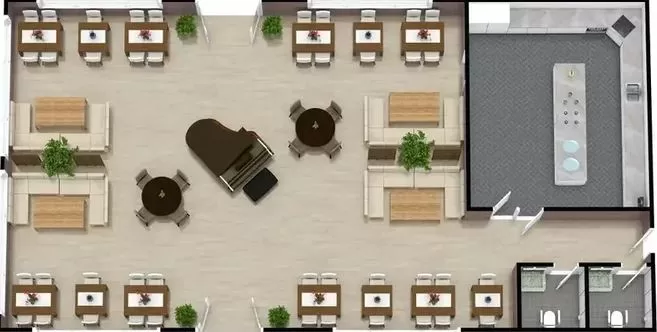
3. Color Scheme and Mood Setting
- Color Psychology:
- Colors can significantly affect how customers feel and behave in a restaurant. Warm tones such as reds, oranges, and yellows are known to stimulate appetite and conversation, which works well in casual dining spaces.
- In contrast, cooler tones such as blues, greens, and purples evoke calmness and sophistication, often used in fine dining or health-focused eateries.
- Neutral Palettes with Bold Accents:
- A prevalent trend in restaurant design is using neutral base colors like whites, grays, and beiges, with pops of bold colors for accents (e.g., a feature wall, artwork, or furniture upholstery).
- These bold accents add personality and energy without overwhelming the space.
- Cultural or Theme-Based Colors:
- Restaurants that emphasize global or regional cuisines often incorporate colors that reflect their cultural identity, such as earthy tones in Mediterranean eateries or vibrant reds and golds in Asian fusion spaces.
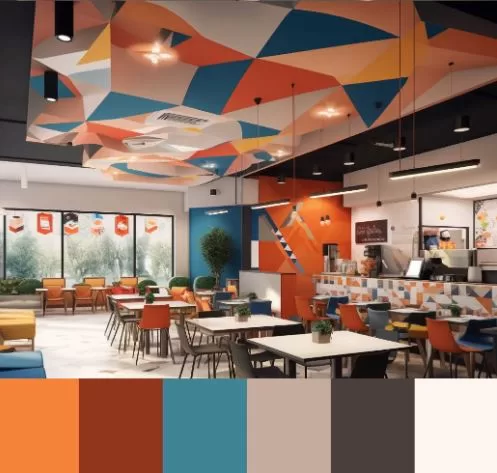
4. Material Selection and Texture
- Natural and Sustainable Materials:
- In 2024, eco-friendly and sustainable materials are highly sought after. Reclaimed wood, bamboo, cork, and recycled metal are popular for furniture, flooring, and accents.
- Not only do these materials reduce environmental impact, but they also convey a sense of authenticity and craftsmanship, appealing to conscious consumers.
- Contrasting Textures:
- Pairing contrasting textures like rough brick with smooth marble or polished wood against raw concrete adds depth and visual interest to the space.
- Mixing materials such as velvet seating with metal or wooden accents creates a tactile experience, making the space feel richer and more dynamic.
- Durability and Maintenance:
- High-traffic areas like restaurants require materials that are durable and easy to maintain. Hardwood floors, stainless steel in the kitchen, and easy-to-clean upholstery are practical choices that balance aesthetics with functionality.
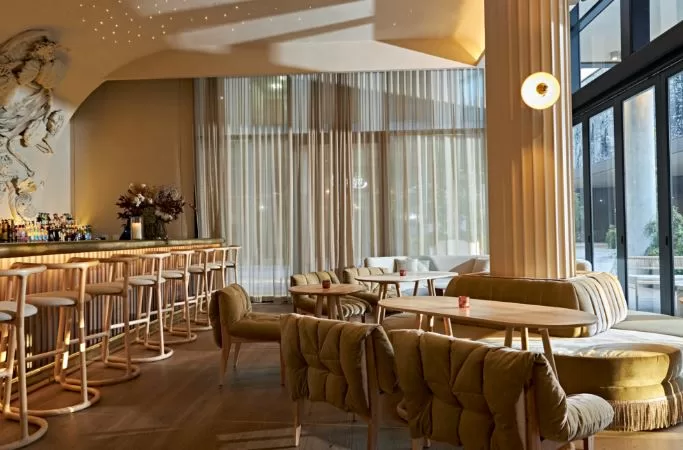
5. Lighting Design
- Ambient Lighting:
- Lighting is crucial in creating the right mood. Ambient lighting, such as chandeliers or pendant lights, sets the general atmosphere, whether it’s warm and cozy or bright and energetic.
- For fine dining, dimmable lights create a more intimate, relaxed setting, while casual or fast-casual eateries benefit from brighter, natural lighting.
- Task Lighting:
- Task lighting is used in specific areas where focus is needed, such as over the bar, at service stations, or in the kitchen.
- Adjustable lighting over tables allows guests to control the brightness, creating a more personalized experience.
- Accent Lighting:
- Accent lighting highlights architectural features, artwork, or key decor elements in the restaurant. It helps direct attention to specific areas, like a feature wall, bar, or artwork, making these focal points stand out.
- Natural Light Integration:
- Large windows, skylights, and retractable glass walls that bring in natural light are desirable features in modern restaurant design.
- Natural light not only enhances the dining experience but also supports eco-friendly design by reducing the need for artificial lighting during the day.
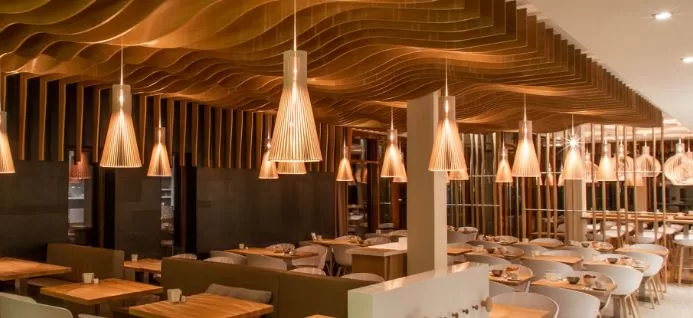
6. Furniture and Seating Choices
-
Comfort and Ergonomics:
- Furniture should be aesthetically pleasing and comfortable, ensuring that diners can enjoy long, leisurely meals without discomfort.
- Ergonomically designed chairs with proper back support and durable yet soft materials are crucial for customer satisfaction, especially in upscale dining establishments.
-
Diverse Seating Options:
- Providing a variety of seating options—such as booths, bar stools, communal tables, and private dining areas—caters to different groups and preferences.
- Communal tables promote social interaction in casual spaces, while booths and private nooks offer intimacy for quieter, more private dining experiences.
-
Materials and Style:
- The material and style of furniture should complement the restaurant’s concept. For example, a rustic-themed restaurant might feature wooden tables with a distressed finish, while a modern, minimalist space might have sleek, metallic furniture.
-
Durability:
- Restaurant furniture must be able to withstand heavy use. Sturdy materials like hardwood, metal, and high-grade upholstery are ideal choices for seating that endures daily wear and tear.
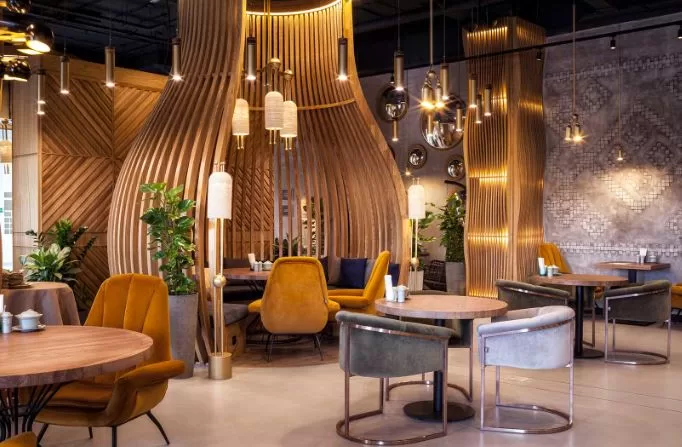
7. The Role of Decor and Art
- Creating Focal Points:
- Decorative elements such as murals, statement artwork, or custom installations can serve as focal points, drawing attention and setting the tone for the space.
- These features help convey the restaurant’s theme or concept in a visually compelling way.
- Local and Cultural Art Integration:
- Incorporating art from local artists or reflecting the culture of the cuisine being served enhances authenticity and adds a unique, personalized touch.
- Restaurants with global cuisine often display artwork, sculptures, or artifacts that celebrate the regions they draw inspiration from.
- Decorative Accents:
- Small decorative details, such as plants, vases, or textiles, can add layers of warmth and texture to the space. Biophilic design—incorporating greenery and natural elements—is particularly popular in 2024, promoting a sense of calm and well-being.
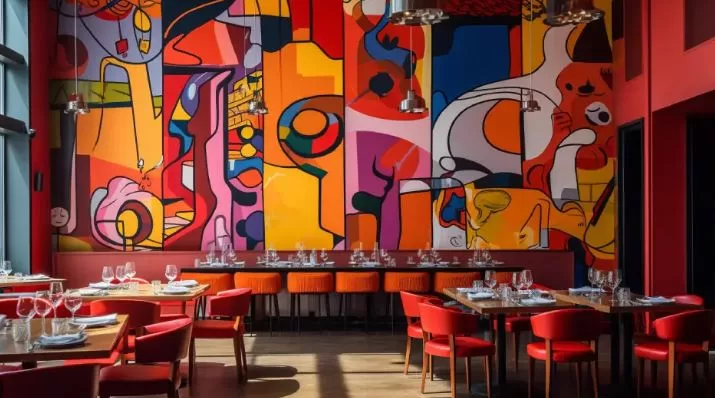
8. Technology Integration
-
Smart Technologies for Efficiency:
- Restaurant design now often integrates smart technologies, such as tablet ordering systems, digital menus, and contactless payment options.
- Self-service kiosks, mobile apps for reservations and ordering, and smart lighting or climate controls all improve efficiency and the overall dining experience.
-
Interactive Experiences:
- Augmented reality (AR) menus, digital walls, and smart tables with built-in charging stations or entertainment features create interactive dining experiences, especially in tech-forward or family-friendly environments.
-
Sound and Acoustics:
- Restaurants with high ceilings or hard surfaces like tile and concrete may suffer from excessive noise. Acoustic treatments, such as sound-absorbing panels or strategically placed rugs, help reduce ambient noise and improve conversation clarity.
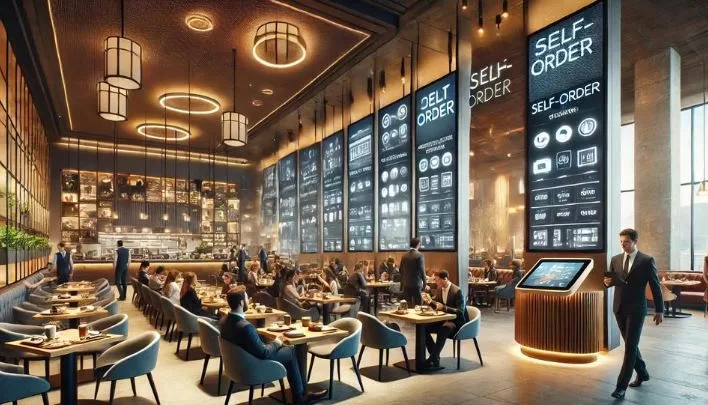
9. Branding and Storytelling
-
Design as a Brand Statement:
- The interior design should serve as an extension of the restaurant’s brand identity. Every design choice—from the colors and materials to the lighting and artwork—should align with the brand’s narrative and values.
- For example, a sustainable, farm-to-table restaurant might use reclaimed wood tables, mason jar lighting, and earthy tones to reflect its eco-friendly ethos.
-
Visual Storytelling:
- Great restaurant design tells a story, whether it’s through the layout, materials, or decor. A space designed to evoke the feeling of an old-world European café, for instance, might use vintage furniture, ornate lighting, and classic checkerboard tile floors to transport diners to another time and place.
-
Consistency Across Touchpoints:
- The design should be consistent not just within the dining space but also across other touchpoints such as the website, menu design, staff uniforms, and even the takeout packaging, creating a cohesive and immersive brand experience.
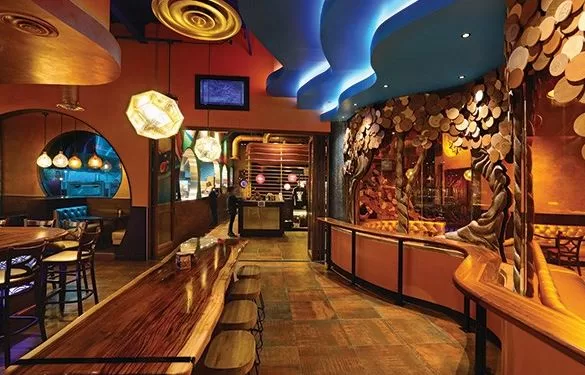
10. Sustainability and Eco-Friendly Design
-
Energy-Efficient Design:
- Incorporating energy-efficient lighting (e.g., LED), HVAC systems, and sustainable materials into the design helps reduce the restaurant’s carbon footprint.
- Many restaurants also employ water-saving fixtures and appliances to further their eco-friendly initiatives.
-
Waste Reduction and Recycling:
- Sustainable design can also extend to waste management solutions, such as dedicated recycling stations, compostable takeout packaging, and minimal-waste food prep areas.
-
Green Building Certification:
- Some restaurants pursue certifications like LEED (Leadership in Energy and Environmental Design), which promotes sustainable construction practices and environmentally responsible building designs.
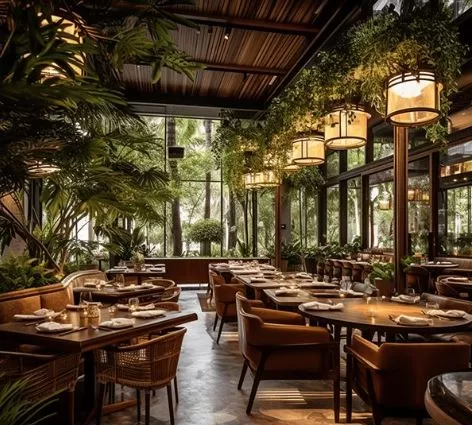
conclusion
Restaurant interior design is a crucial element in shaping the dining experience, blending aesthetics, functionality, and brand identity to create spaces that resonate with patrons. In 2024, the emphasis on sustainability, technology, and personalization is more pronounced than ever, with eco-friendly materials, smart technologies, and biophilic design playing a central role. A well-conceived design aligns with the restaurant’s concept—whether fine dining, casual, or themed—through thoughtful choices in layout, color schemes, lighting, and furniture.
The design not only enhances the visual appeal but also influences customer behavior, mood, and comfort. Flexibility, cultural integration, and storytelling through decor create immersive experiences that go beyond dining, making the environment memorable. In sum, successful restaurant design in 2024 is about creating a cohesive, functional, and inviting space that supports the culinary offerings while appealing to modern consumer values.
About Author sudeshna mukherjee
You May Also Like…
The Ultimate Guide to Hiring a Consultant Chef
Introduction Food trucks or mobile food trucks is an idea that has arrived. But, there is a issues with food safety in...
Food Safety Essentials: Addressing 5 Common Problems in Food Trucks
Introduction Food trucks or mobile food trucks is an idea that has arrived. But, there is a issues with food safety in...

